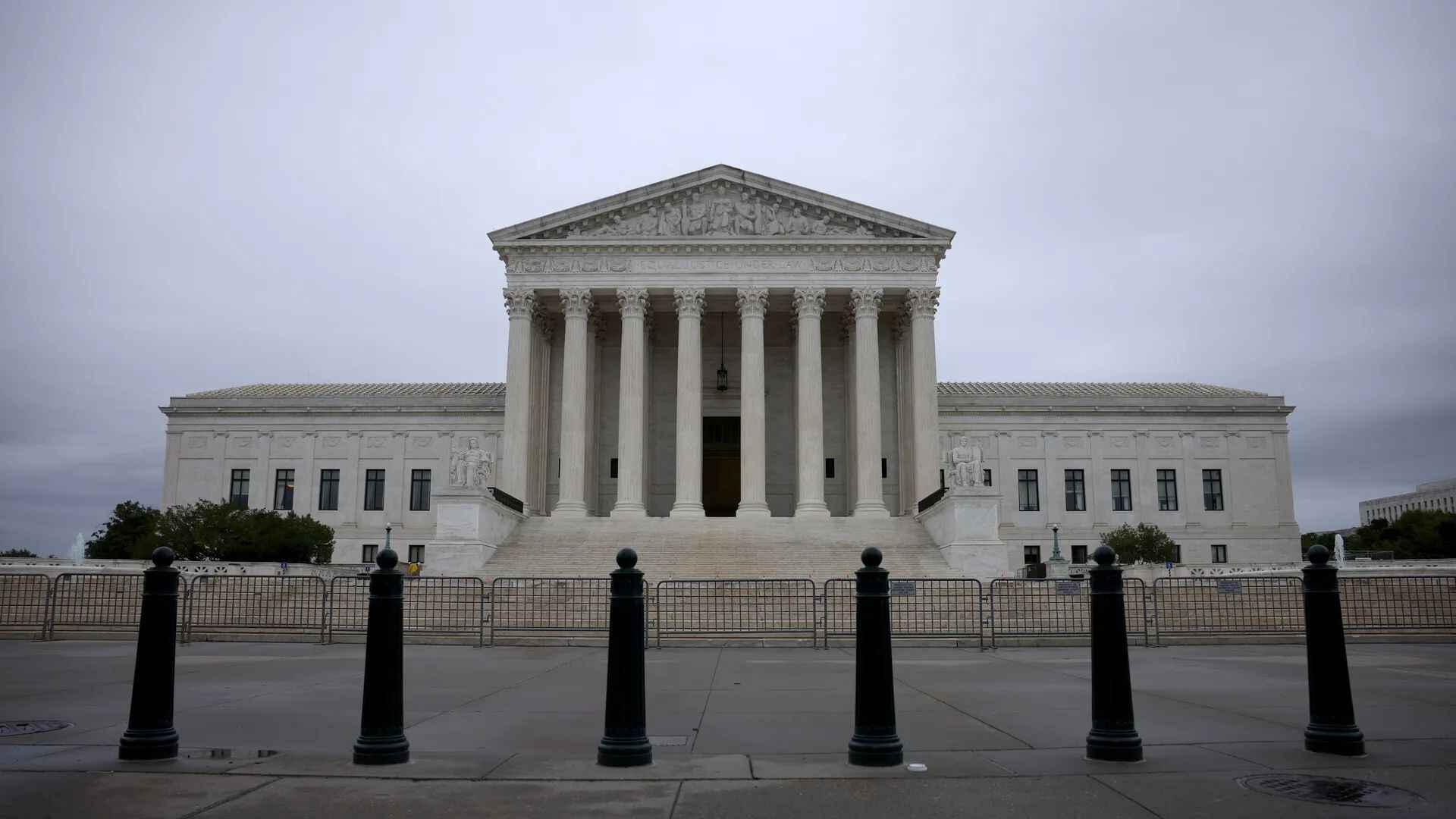Washington, D.C
In a dramatic courtroom showdown, the Supreme Court began rehearing a case on October 15 that could fundamentally rewrite the Voting Rights Act. At issue is whether courts and legislatures can continue using race-conscious tools to protect minority voters—a question that could reshape American elections for decades.
The High-Stakes Problem Facing Voting Rights
What’s at stake with Section 2
The Supreme Court is scrutinizing Section 2 of the Voting Rights Act, a provision that prohibits electoral maps or practices that dilute minority voting power, even absent proof of intentional discrimination. Conservative justices signaled skepticism during oral arguments about courts requiring states to draw race-based districts indefinitely.
A decision to narrow or eliminate Section 2 protections would undercut one of the most potent tools minority groups have for challenging discriminatory redistricting. Experts warn it could allow state legislatures to redraw districts that sideline Black, Latino, or Indigenous voices.
The Louisiana case at the center
The case, Louisiana v. Callais, involves a congressional map that created a second majority-Black district after a lower court ruled the original map likely violated the Voting Rights Act. Critics later challenged the new map, arguing it was overly reliant on race and thus unconstitutional.
During arguments, conservative justices—including Justice Kavanaugh—questioned whether race-based districting can remain indefinitely valid, and whether the court should establish strict limits. The Louisiana case thus becomes more than a single dispute—it may serve as the blueprint for future Supreme Court voting rights act rulings nationwide.
Driving Causes Behind This Legal Clash
Prior Supreme Court precedent
The Supreme Court has gradually scaled back Voting Rights Act protections over the past two decades. In Shelby County v. Holder (2013), the Court struck down the preclearance regime that forced certain states to seek approval before changing voting laws. Now, with the Supreme Court composition shifting more conservative, advocates argue that Section 2 is the next target.
In a 2023 decision, some justices joined to uphold a Section 2 challenge in Alabama—but Louisiana offers them another chance to refine or restrict the doctrine.
Political, demographic, and redistricting pressures
As states undergo mid‑cycle redistricting, conservative-controlled legislatures see opportunity in weakening rules that protect minority districts. Proponents of change argue race-conscious rules impose unfair burdens on states, pushing for a “color‑blind” approach to reapportionment.
Demographic change also complicates matters: some states argue that past discrimination justifications no longer apply in more balanced or integrated regions. This tension between evolving demographics and entrenched legal precedent lies at the heart of the Supreme Court clash.
Expert Opinions and Legal Interpretation
Views from civil rights advocates
Sophia Lin Lakin of the ACLU warned, “The stakes are potentially quite large” if Section 2 loses power. Civil rights groups argue that removing such protections will allow dilution of minority voting influence and rollback decades of progress.
Congressional Black Caucus members filed briefs urging the court not to collapse existing opportunity districts, warning a negative decision would embolden state legislatures to dismantle them.
Conservative and constitutionalist commentary
Some conservative legal scholars argue that prolonged race-based remedies risk constitutional overreach. Justice Kavanaugh asked whether such policies can continue without constant judicial oversight. The state of Louisiana contends that applying race in apportionment now amounts to stereotyping and violates equal protection.
Other constitutional proponents see this as a chance for the Supreme Court to reaffirm a stricter interpretation of the Fourteenth and Fifteenth Amendments—arguing that the Voting Rights Act must operate within clearly defined boundaries.
Potential Fixes, Reforms, and Legal Paths
Legislative alternatives
Congress could step in to strengthen the Voting Rights Act, clarifying how Section 2 should be enforced and closing loopholes. Some proposals suggest tying redistricting oversight to transparency or independent commissions.
Another path is amending the Act to adjust how race-based districting is evaluated—defining thresholds or sunset provisions for when courts may intervene.
Judicial and structural guardrails
The Supreme Court itself might craft a limited doctrine—allowing race-conscious districts in a narrower set of circumstances while setting clear standards. Alternatively, justices could require stricter proof that minority-seat creation is still necessary under present conditions.
Additionally, lower courts and district judges may rely more heavily on state constitutions or independent commissions to uphold minority representation, even if federal enforcement weakens.
Real‑Life Perspectives and Voter Concerns
Voices from impacted communities
In Louisiana’s districts, Black residents worry that removing Section 2 could erase representation built over decades. Leaders say losing their majority-district voice could mean fewer advocates for critical local concerns like infrastructure, policing, and education.
Some residents express deep anxiety: “We fought too hard for this seat,” said one community organizer. They point out that without legal protections, the map-drawing process largely favors state-level political power.
Broader national reaction
Across the country, advocacy groups monitor this case closely. Some fear that weakening federal oversight will embolden states to engage in more aggressive partisan gerrymandering. Others argue it could chill lawsuits aimed at protecting minority rights.
Voters in swing states are particularly attentive: changes to district makeup may shift which party controls the U.S. House. Analysts warn that this Supreme Court ruling could tip balance in closely contested seats.
Closing Discussion
We now stand at a legal crossroads. The Supreme Court showdown over Louisiana’s redistricting may rewrite the Voting Rights Act, either refining its application or debilitating its protections. Should Section 2 be weakened, minority communities nationwide could face diminished political clout and limited legal recourse.
This is more than a courtroom battle—it’s a test of modern American democracy. Will the judicial branch reaffirm that race‑aware remedies remain essential in a pluralistic society? Or will the Court chart a more “color‑blind” path that constrains federal power?
Share your thoughts below—how would this decision affect your district? Be sure to follow up with our related coverage on voting law, redistricting reform, and civil rights.
Read more on Reuters: Voting Rights Act faces pivotal test at U.S. Supreme Court







